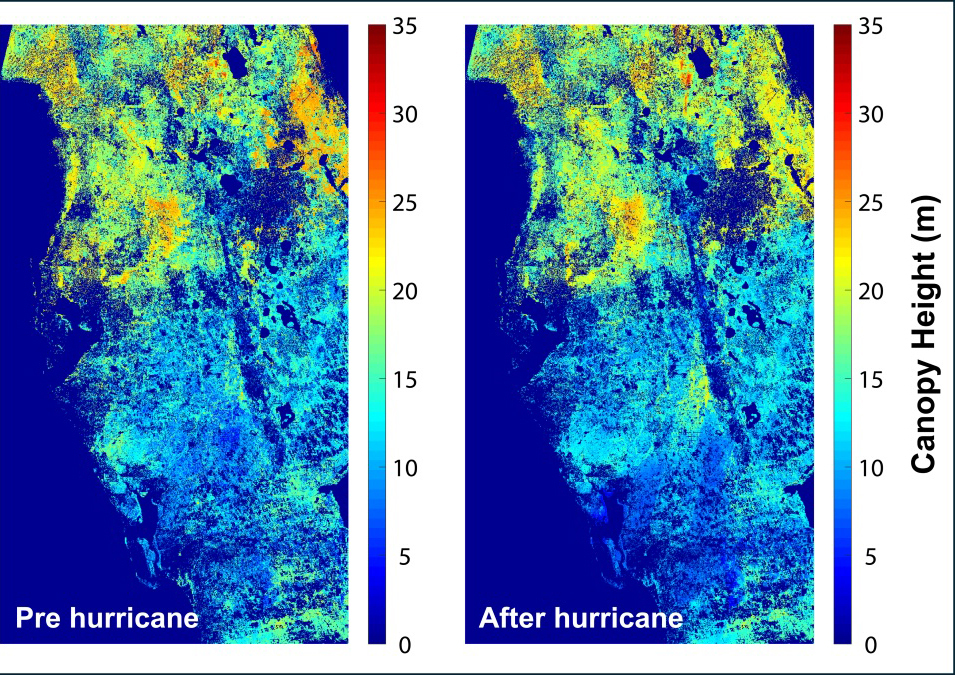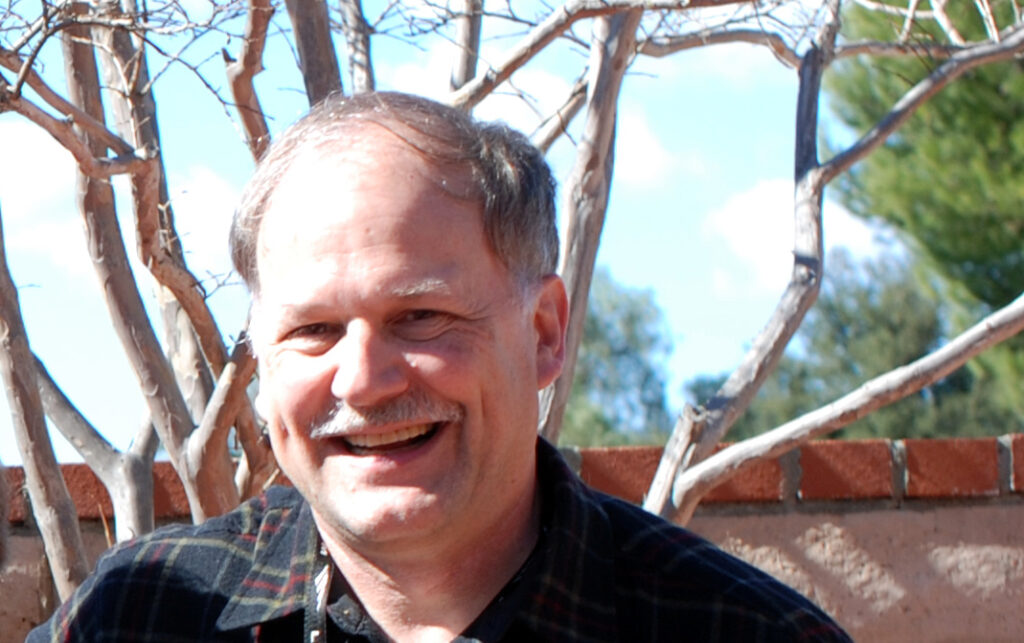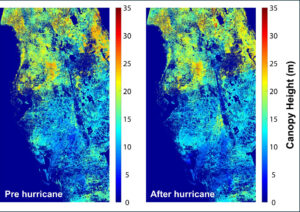By Laura E.P. Rocchio

Trembling aspen are dying.
No tree species in North America has a broader habitat and no other is as large (a single clone can be a hundred acres in size). So their recent widespread mortality, caused by a severe five-year drought and higher temperatures, could have major implications for regional carbon cycles.
Southwestern Colorado has lost more forest biomass than anywhere else on the continent. The massive aspen die-off witnessed there has been labeled “sudden aspen decline.” Since aspen are so large and have such a vast geographic range, their mortality results in substantial leaf litter (or non-photosynthetically active vegetation) that becomes a major ecosystem carbon source. Yet, the impact of the sudden aspen decline on regional carbon budgets has not been well quantified.
Today at this year’s Fall AGU Meeting, Drs. Cho-ying Huang (National Taiwan University) and William Anderegg (Stanford University) present their findings of a landscape scale assessment of trembling aspen dieback in a 450 square mile study area in southwestern Colorado. Using Landsat data that straddled the drought years (2000-2005) the researchers were able to calculate the amount of non-photosynthetically active vegetation.
They found that the sudden aspen decline had increased the non-photosynthetically active vegetation of the region by more than 40 percent (some 40 square miles worth of dead trees where found during the height of the drought in 2002).
Landsat data from 2009 seemed to show forest recovery to pre-drought conditions. However, field investigations revealed that it was mainly a mountain snowberry understory and not aspen that was providing the photosynthetically active vegetation signal and that the aspen of the region have not recovered.
The authors’ research illustrates that it is feasible to use Landsat time-series to determine the extent and impact of sudden aspen decline, but they caution that field validation and/or coincident active remote sensing data is necessary when gauging species-specific regrowth.
References
Cho-ying Huang and William Anderegg, 2011. Recent drought induced increase of non-photosynthetically active vegetation cover in the aspen forests of southern Rocky Mountain. AGU Fall Meeting, 5–9 Dec. 2011, San Francisco, CA, B23C-0437.
Cho-ying Huang and William Anderegg, 2012. Large drought-induced aboveground live biomass losses in southern Rocky Mountain aspen forests. Global Change Biology, in press.






